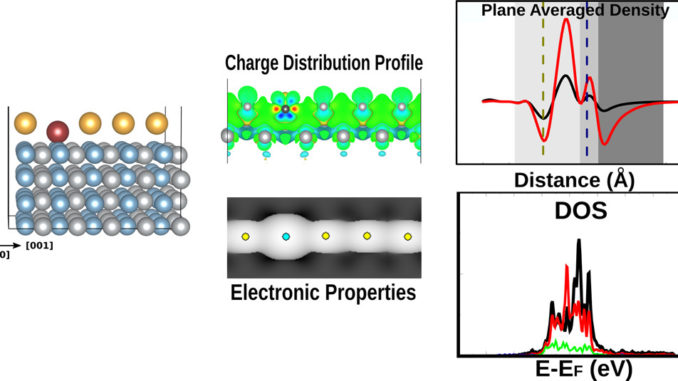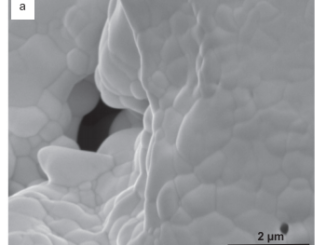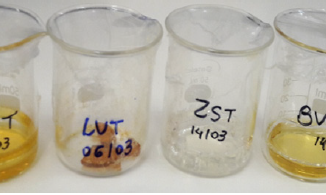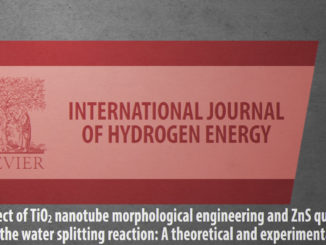
Theoretical Insights into 1D Transition-Metal Nanoalloys Grown on the NiAl(110) Surface
Abstract: Metallic nanoalloys are essential because of the synergistic effects rather than the merely additive effects of the metal components. Nanoscience is currently able to produce one-atom-thick linear atomic chains (LACs), and the NiAl(110) surface is a well-tested template used to build them. We report the first study based on ab initio density functional theory methods of one-dimensional transition-metal (TM) nanoalloys (i.e., LACs) grown on the NiAl(110) surface. This is a comprehensive and detailed computational study of the effect of alloying groups 10 and 11 metals (Pd, Pt, Cu, Ag, and Au) in LACs supported on the NiAl(110) surfaces to elucidate the structural, energetic, and electronic properties. From the TM series studied here, Pt appears to be an energy-stabilization species; meanwhile, Ag has a contrasting behavior. The work function changes because the alloying in LACs was satisfactorily explained from the explicit surface dipole moment calculations using an ab initio calculation-based approach, which captured the electron density redistribution upon building the LAC.
Author(s): Zornio, B.F.; Silva, E.Z.; San-Miguel, M.A.
ACS Omega
Published: August 8, 2018 Pages: 8819–8828




